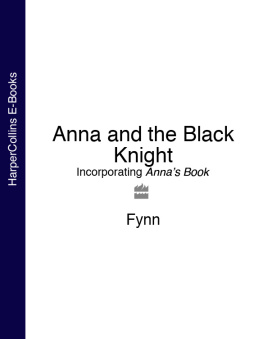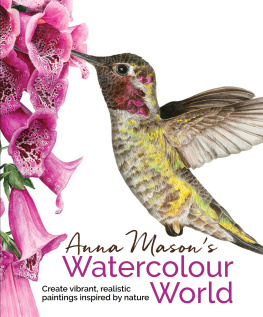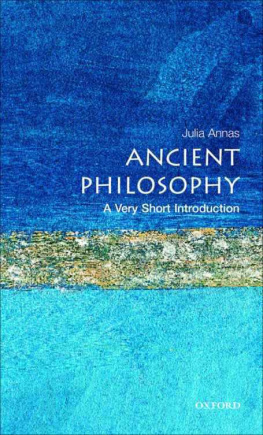
Anna of Denmark
also available in the series
Windows for the world
Nineteenth-century stained glass and the international exhibitions, 18511900
JASMINE ALLEN
The matter of Art
Materials, practices, cultural logics, c.12501750
EDITED BY CHRISTY ANDERSON, ANNE DUNLOP AND PAMELA H. SMITH
Critical design in Japan
Material culture, luxury, and the avant-garde
ORY BARTAL
European fashion
The creation of a global industry
EDITED BY REGINA LEE BLASZCZYK AND VRONIQUE POUILLARD
The culture of fashion
A new history of fashionable dress
CHRISTOPHER BREWARD
The factory in a garden
A history of corporate landscapes from the industrial to the digital age
HELENA CHANCE
The autobiography of a nation
The 1951 Festival of Britain
BECKY E. CONEKIN
The culture of craft
Status and future
EDITED BY PETER DORMER
Material relations
Domestic interiors and the middle-class family, 18501910
JANE HAMLETT
Arts and Crafts objects
IMOGEN HART
Comradely objects
Design and material culture in Soviet Russia, 1960s80s
YULIA KARPOVA
Interior decorating in nineteenth-century France
The visual culture of a new profession
ANCA I. LASC
Building reputations
CONOR LUCEY
The material Renaissance
MICHELLE OMALLEY AND EVELYN WELCH
Bachelors of a different sort
Queer aesthetics, material culture and the modern interior
JOHN POTVIN
Crafting design in Italy
From post-war to postmodernism
CATHARINE ROSSI
Chinoiserie
Commerce and critical ornament in eighteenth-century Britain
STACEY SLOBODA
Material goods, moving hands
Perceiving production in England, 17001830
KATE SMITH
Hot metal
Material culture and tangible labour
JESSE ADAMS STEIN
Ideal homes, 191839
Domestic design and suburban Modernism
DEBORAH SUGG RYAN
The study of dress history
LOU TAYLOR
Manliness in Britain, 17601900
Bodies, emotion, and material culture
JOANNE BEGIATO
general editors
Christopher Breward
and
James Ryan
founding editor
Paul Greenhalgh
Anna of Denmark
The material and visual culture of the Stuart Courts, 15891619
Jemma Field
Manchester University Press
Copyright Jemma Field 2020
The right of Jemma Field to be identified as the author of this work has been asserted by her in accordance with the Copyright, Designs and Patents Act 1988.
Published by Manchester University Press
Altrincham Street, Manchester M1 7JA
www.manchesteruniversitypress.co.uk
British Library Cataloguing-in-Publication Data
A catalogue record for this book is available from the British Library
ISBN 978 1 5261 4249 8 hardback
First published 2020
The publisher has no responsibility for the persistence or accuracy of URLs for any external or third-party internet websites referred to in this book, and does not guarantee that any content on such websites is, or will remain, accurate or appropriate.
Cover image: Paul van Somer, Anne of Denmark, signed and dated 1617. Royal Collection Trust / Her Majesty Queen Elizabeth II 2019.
Typeset in 10/12.5 Compatil Text by
Servis Filmsetting Ltd, Stockport, Cheshire
Contents
This book uses the Gregorian calendar (with the new year starting on 1 January), rather than the Julian, except in a few instances where clarification requires the use of both possible or relevant years (i.e. 1611/12). Printed material has been quoted verbatim, and I have attempted to retain the original capitalisation, spelling, and punctuation of all archival material. Some normalisations have been adopted for readability, such as the silent extension of contractions or the interchangeable use of letters i and j, u and v, and y, c and t. Where interchangeable letters do not seem to obstruct the legibility of the word, they have been left in their original form.
Clarification between the financial currencies of Scots and Sterling occurs throughout this book, but where not specifically stated it should be assumed that monetary amounts dating to Annas time in Scotland (15891603) refer to Scots, whereas those post-1603 are Sterling. Discussion of Jamess decision to rename Annas principal English residence from Somerset House to Denmark House in 1617 is given in . After this section, to avoid confusion, the palace is referred to as Denmark House irrespective of date except when determined by direct quotes.
Distinction between the kingdoms of England and Scotland are consistently made, although the terms Britain, Great Britain, and British are used on occasion. Such terms are, of course, anachronistic in predating the Acts of Unions of 1707. However, James VIs succession to the English throne engineered a dynastic and personal union of the kingdoms with the formation of a composite Stuart monarchy, and James himself repeatedly used such terms. Furthermore, as Steve Murdoch has demonstrated, Stuart subjects held and asserted a range of local, regional, national, and supra-national identities including British and Briton which were not fixed and mutually exclusive but largely dependent on circumstance.
For example, Network North: Scottish Kin, Commercial and Covert Associations in Northern Europe, 16031746 (Leiden and Boston, 2006), 4983; James VI and the Formation of a Scottish-British Military Identity, in S. Murdoch and A. MacKillop (eds), in Fighting for Identity: Scottish Military Experience c.15501900 (Leiden, 2002), 331.
I must begin by acknowledging that this book is part of a project that received funding from the European Unions Horizon 2020 Research and Innovation Programme under the Marie Skodowska-Curie Actions [706198], for which I am forever thankful. I am particularly grateful to the Principal Investigator of the project, Professor James Knowles, without whom this book would have taken several more years to be published and would likely have taken a very different form. While juggling an eye-watering schedule, James found the time to read and critique numerous drafts, to give sound, considered replies to a myriad of questions and concerns, and, throughout it all, to retain a cheering enthusiasm for the topic and my approach that was integral to my perseverance and enjoyment. Jamess guidance thus helped shape the methodological framework and structure of the book, and to enliven and extend my understanding of early modern female agency and the symbolic and political value of behaviour and ritual. I also give my heartfelt thanks to Associate Professor Erin Griffey, who originally sparked my interest in Anna of Denmark and who has fundamentally shaped me as a scholar. As a supervisor, colleague, and friend she has given me a welcome supply of support, inspiration, and guidance for more than a decade. I am particularly thankful for the countless times she has advocated for me or my work, and for the wonderful conversations shared over cups of coffee and glasses of wine in America, Belgium, England, New Zealand, and the Netherlands.











